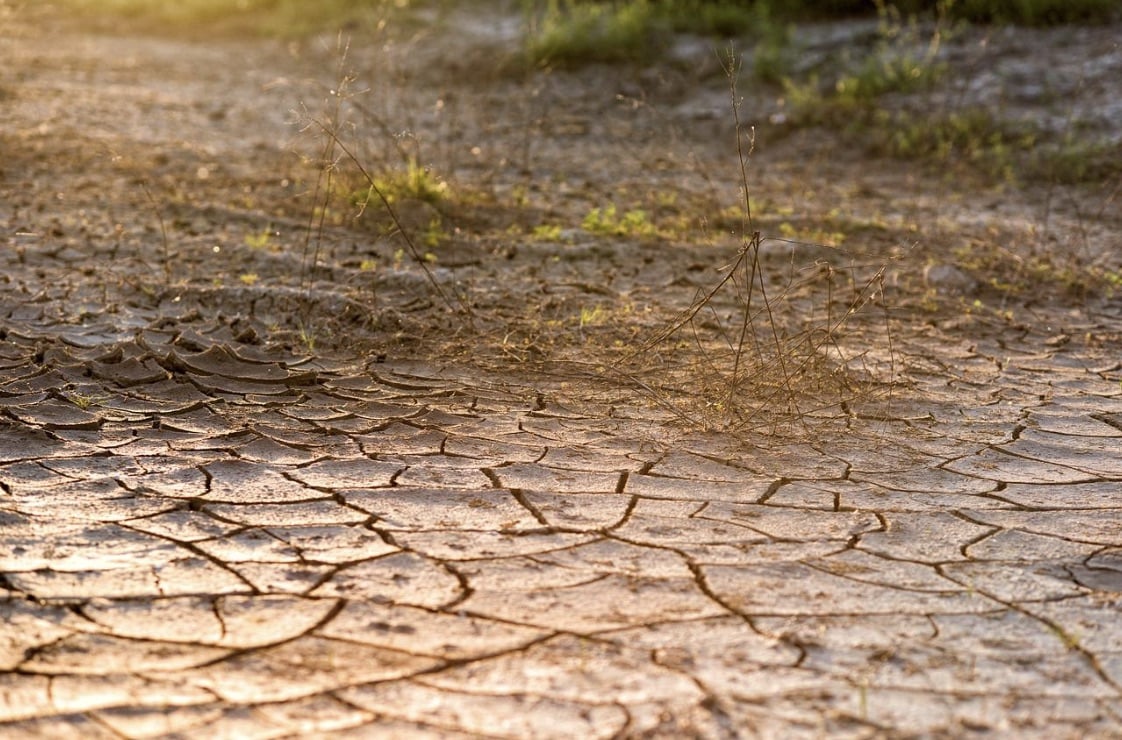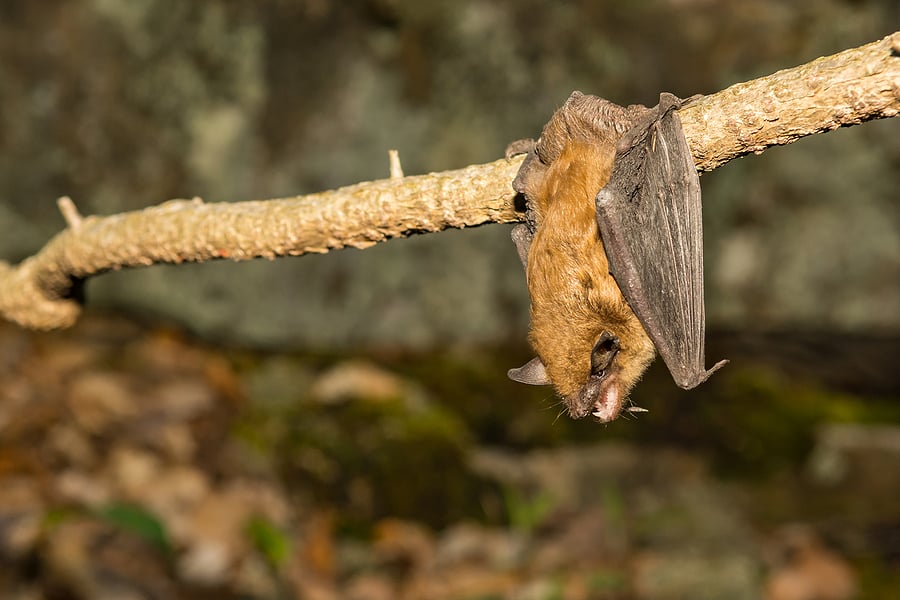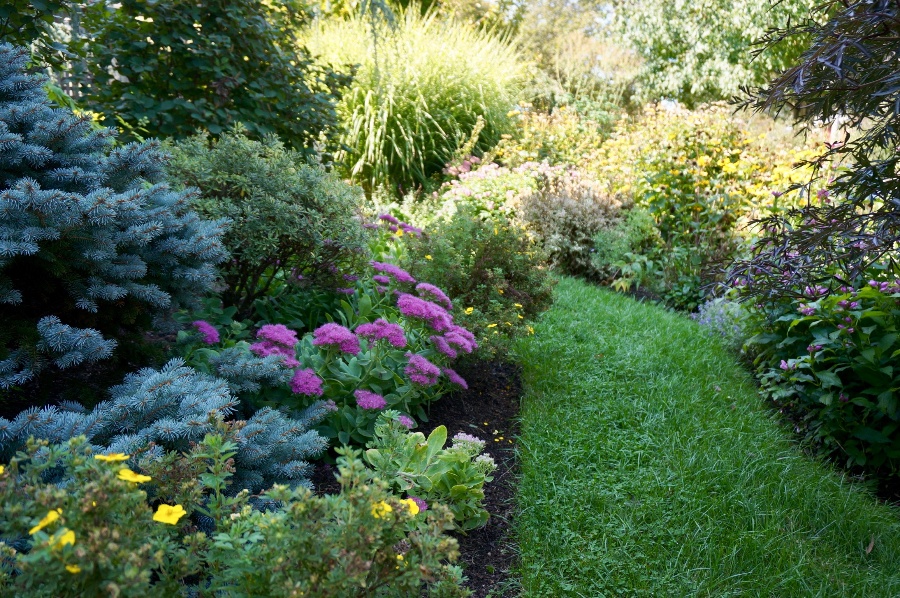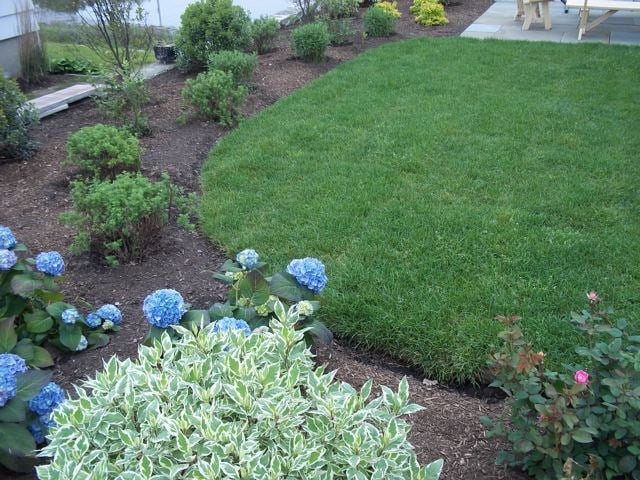While summer may be long gone, that doesn’t mean you can’t enjoy an active yard during the colder months and throughout winter. The key is creating an attractive, sustainable winter ecosystem that not only provides year-round beauty, but acts as a winter feeding habitat for the kinds of wildlife you’d like to see and nurture.
By helping sustain wildlife during the harsh New England winter months you’re also helping maintain a healthy, balanced environment. All life is interrelated and dependent upon each animal and organism doing their part, however small. Insects and microbes break down organic matter into nutrients; those bugs feed small animals that help keep plants in check; they, in turn, feed larger animals that, when they die, feed the insects and microbes and help nourish the soil. Every organism plays a critical role in the cycle of life.
Health and beauty
While you can certainly feel good about helping support a healthy environment, let’s face it — creating a beautiful habitat that attracts interesting wildlife is just plain fun. And if you utilize ecological gardening methods that are seamlessly compatible with nature and a natural habitat during the winter months, even better.
Let’s take a look at five valuable tips for creating a sustainable, attractive winter feeding habitat:
Let your garden go wild
If you’re a traditional gardener, chances are good you prefer order, neatness, and a well-managed landscape. While there’s certainly nothing wrong with that, it’s also a good idea to let certain parts of it go wild.

Grasses, dead limbs, and overgrown patches make perfect shelters for many animals and insects. Insects?! Yes — remember, not all bugs are bad. There are a number of beetles, ants, spiders, and even wasps that are actually good for your garden and the soil. And while many simply lay eggs in sheltered places and then die during the winter, others produce a form of glycerol — a natural antifreeze — that enables them to successfully overwinter and reappear in the spring to begin helping out again in your garden.
Install “buffet plants”
If you plant seed- and berry-bearing plants on your property, you’re providing a buffet featuring a variety of foods that birds and other animals can feed on during the winter. Plants such as hollies, crabapple trees, and oaks provide the berries, fruit, and acorns preferred by a wide range of birds as well as squirrels, chipmunks, and deer.
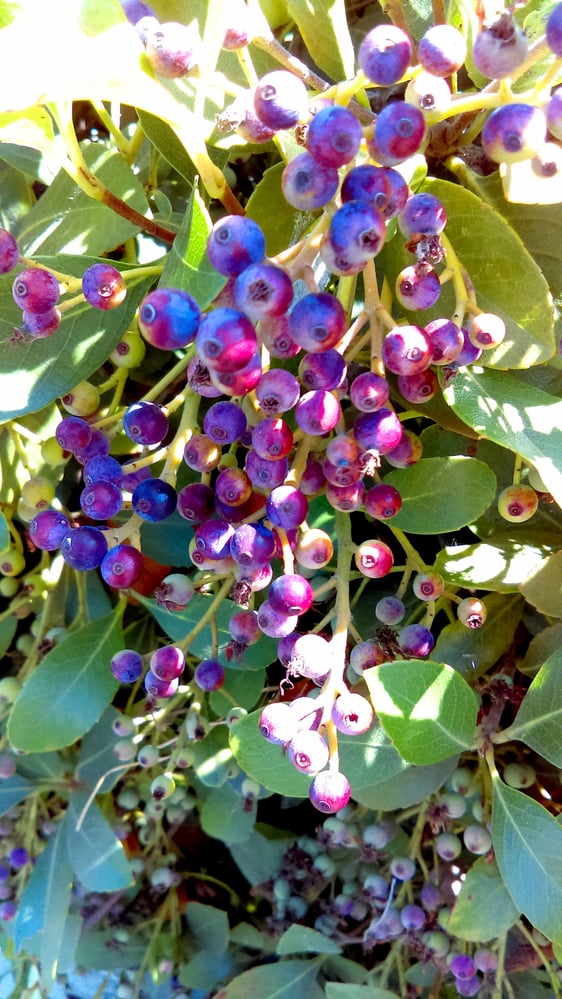
Feed the birds
Start by leaving what nature provides: wildflower seedheads and native grasses provide an important fall and winter food source for birds that hang around New England in the winter, including black-capped chickadees, dark-eyed juncos, tufted titmouse, cardinals, and nuthatches.
So, consider leaving seedheads on perennials through the fall months so birds can forage on them. Also consider supplementing Mother Nature. Hang bird feeders and keep them filled to provide additional nuts and seeds; suet blocks provide much-needed fats and energy to help birds get through the long, dark winter nights.
Build a brush pile
If there’s a wooded or naturalized area on your property, it’s a prime spot for a leaf and limb pile. It’ll provide shelter—as well as a food source—for birds, bunnies, and other animals throughout the harsh winter months. And, it’ll also create great organic soil fertilizer as the leaves decay. Many birds forage for food on the ground, or in low shrubbery. Leaf litter provides habitat for worms, salamanders, insects, and a host of microorganisms that will help break down leaves, build healthy soil, and feed the birds.
Provide water
Nearby ponds and streams provide critical water for wildlife during the winter. If you don’t happen to have a natural available water source, consider installing a bird bath or two (there are even heated bird baths available, if you’re so inclined). Add warm water periodically to delay freezing and break any thin ice that forms to provide access to the water beneath. The birds will thank you, like this Northern Mocking Bird standing for a pose on the side of a heated bird bath.

Benefits of creating safe havens for nature's creatures
Winter can be tough on birds, squirrels, and other small critters. By providing a safe haven for these creatures, you can help ensure that they make it through the winter unscathed. To help protect the wildlife in your community, why not create a winter habitat in your backyard? It’s not too hard to make your yard a better place for animals during the cold months.
If you’d like to learn more about sustainable landscaping and a strategy for creating a winter feeding habitat in which to spend time with nature, contact us today.









